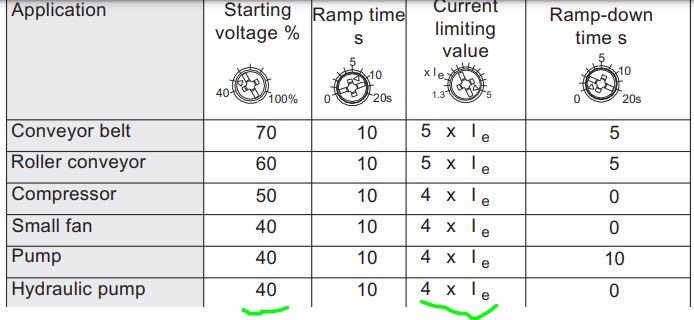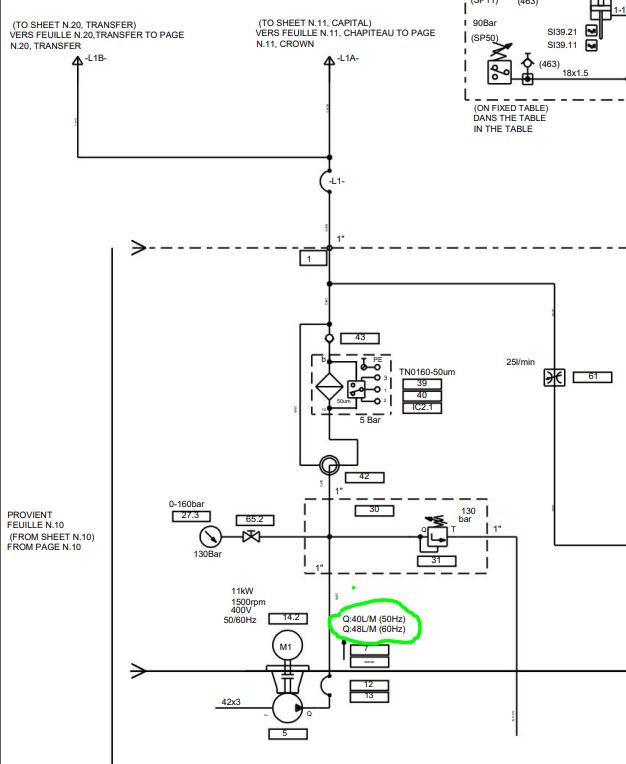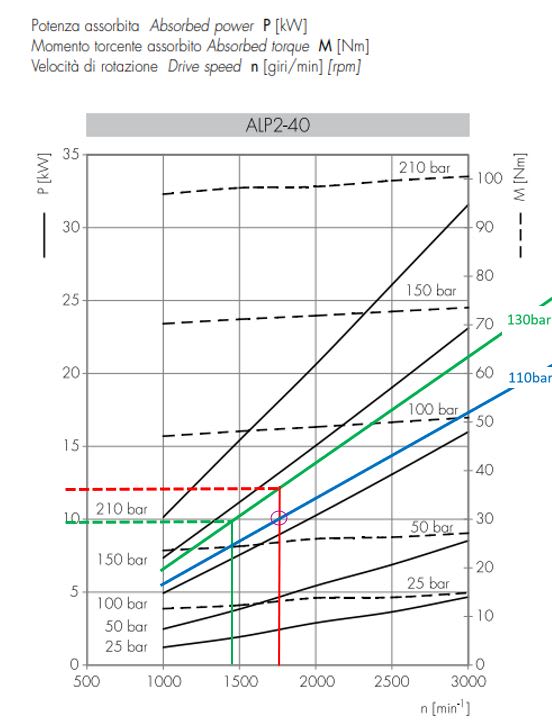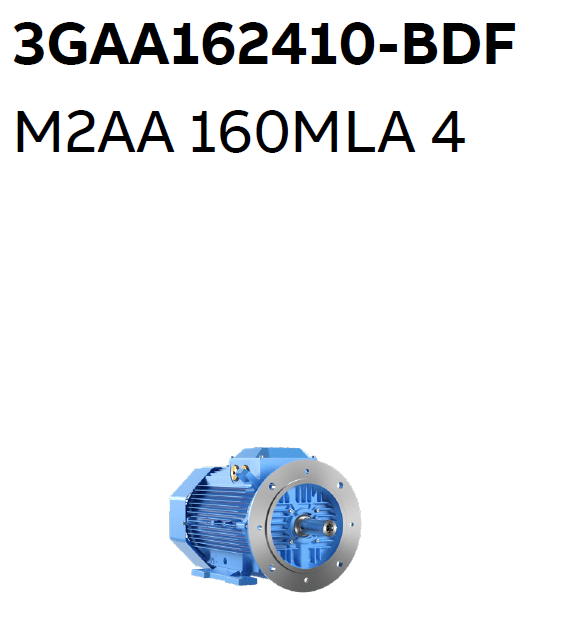We are having some problems with having overloads on our soft starter that is connected to this motor.
We are feeding the Schneider Electric GVME22 motor starter with 410 VAC then it goes to the Siemens Sirius 3RW4026-1BB04 Soft Starter.
We keep getting overload trips on the soft starter and at times, we get overloads on the GVME22 motor starter. I thought the soft starter was going bad
So I switched it with the one next to it that is the exact same soft starter and I get the same results. The temperature on the FLIR reading the GVME22 is 90 degrees F.
Why do you think this is happening? Originally this Servo press was designed to be installed in a country that uses 50 Hz. However, the motor seems to be ok to run at 60 Hz according to the name plate
And the datasheet for this motor. Could it have something to do with us using 410 VAC? Or perhaps the settings on the soft starter?
See the attachment.
99% of the time the trip occurs when bringing up the press, at a cold start or if the press was shut off for 10 minutes and then trying to re-start the press.
It is a lube pump, so it is the first pump to turn on before the main motor is turned on, and the lube pump runs constantly.
The lube pump just pumps lube oil for the press. The lube oil is for the 2 giant servo motors, the RAM, bearings, gears, etc.
We are feeding the Schneider Electric GVME22 motor starter with 410 VAC then it goes to the Siemens Sirius 3RW4026-1BB04 Soft Starter.
We keep getting overload trips on the soft starter and at times, we get overloads on the GVME22 motor starter. I thought the soft starter was going bad
So I switched it with the one next to it that is the exact same soft starter and I get the same results. The temperature on the FLIR reading the GVME22 is 90 degrees F.
Why do you think this is happening? Originally this Servo press was designed to be installed in a country that uses 50 Hz. However, the motor seems to be ok to run at 60 Hz according to the name plate
And the datasheet for this motor. Could it have something to do with us using 410 VAC? Or perhaps the settings on the soft starter?
See the attachment.
99% of the time the trip occurs when bringing up the press, at a cold start or if the press was shut off for 10 minutes and then trying to re-start the press.
It is a lube pump, so it is the first pump to turn on before the main motor is turned on, and the lube pump runs constantly.
The lube pump just pumps lube oil for the press. The lube oil is for the 2 giant servo motors, the RAM, bearings, gears, etc.






